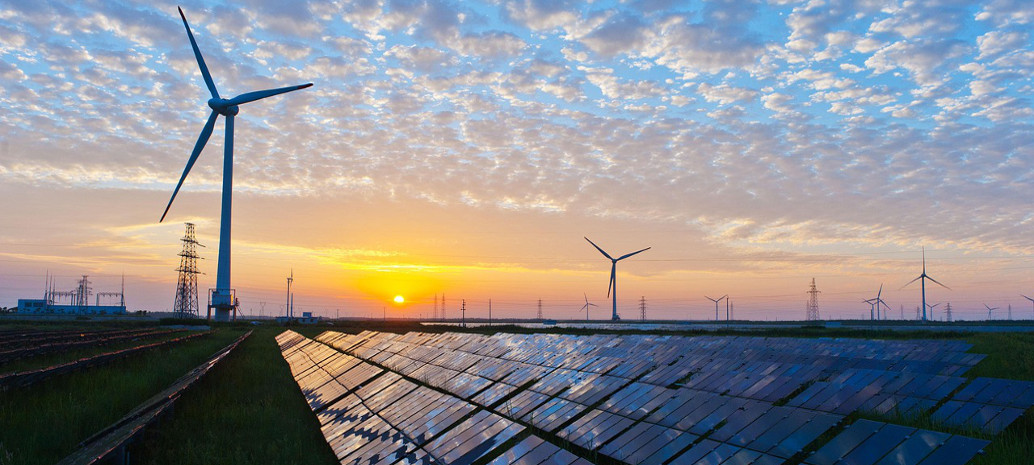Spain’s NECP has been approved by the Spanish Council of Ministers and submitted to the European Commission. ESTELA, the representative association of the European Solar Thermal Electricity sector (also known as concentrated solar power), highlights that the plan includes a proposed increase in installed capacity of solar thermal electricity from 2,300 MW to 7,303 MW by 2030.
This development in Spain is a strong signal that the value of solar thermal electricity is now recognised when forecasting the future energy generation mix. The additional 5 GW of latest-spec solar thermal power plants, with much larger storage volumes, will capture, store and subsequently generate electricity, mostly in a complementary way to photovoltaic and/or wind generation, contributing to the stability of the grid.
With 2.3 GW installed capacity currently, Spain is the global leader in STE technology. However, with threefold growth over the next 10 years, the European STE/CSP industry could substantially strengthen that leadership, reaching into world markets whilst maintaining its excellence in research and innovation activities.
More STE/CSP in Europe means the technology could (already today) provide a substantial contribution to the required flexibility for a further increase of solar PV and wind generation towards decarbonisation – without waiting for industrial maturity of other technologies that are currently unable to deliver bulk amounts of CO2-free dispatchable energy.
As with other green technologies, STE/CSP offers deep and long-lasting benefits to the future economy and job markets as part of a Just Transition. The deployment of solar thermal power plants should have an immediate, positive macroeconomic effect on GDP and stimulate employment for all European countries involved along the STE/CSP value chain following investment in related equipment, components, and services.
Granting solar thermal power plants a more significant role over the next decade will ease the necessary phasing-out of coal and nuclear power plants. The proven competitiveness of solar thermal power plants against fossil backup technologies and the ability of this technology to provide the basic services of conventional power plants will lead to a zero-emission generation fleet – combined with the other already established intermittent renewables, especially in sunny European countries.
Rolling out STE across Southern Europe for the benefit of the whole EU electricity system
STE provides the possibility of moving towards an efficient share of flexible and non-flexible renewable generation across Europe but requires a clear endorsement by the European Commission coupled with practical help.
The justifications are clear
- Leaving the completion of the 2020 and 2030 objectives to a purely market-driven process will lead to a further increase of non-flexible RES in Europe (essentially wind and PV);
- At the horizon 2030 and beyond, a more balanced share between flexible and non-flexible RES will be vital to ensure the reliability in a decarbonised European power system which is required to address the foreseen lack of flexible power generation overall;
- Expensive backup capacity from conventional power plants can be avoided if flexible RES (STE/CSP) is properly and adequately implemented from now on where fossil back up capacities should be considered part of the costs of non-flexible RES;
- Support for this program should be the product of a well-coordinated (at EC level) combination of sources: Directives, strategic energy security investments, cohesion funds, development and cooperation (including outside EU);
These issues were already identified in the 2014 IEA Technology Roadmap – Solar Thermal Electricity report that foresees 4% of the whole installed capacity by 2050 for Europe coming from STE/CSP. That would mean that an additional 1 GW/year capacity in STE would need to be installed in total in Europe between 2015 and 2030.
ESTELA President Dr. Luis Crespo calls for EU institutions and, most importantly, other EU Member States getting behind their 2020 RES objectives, to take this example from Spain as an opportunity to consider again the role of STE/CSP in their strategies. This, he points out, would be in keeping with the RES Directive (recast to 2030) entering into force in 2021 which calls for proactive cooperation between Member States for the development of cross-border projects.



